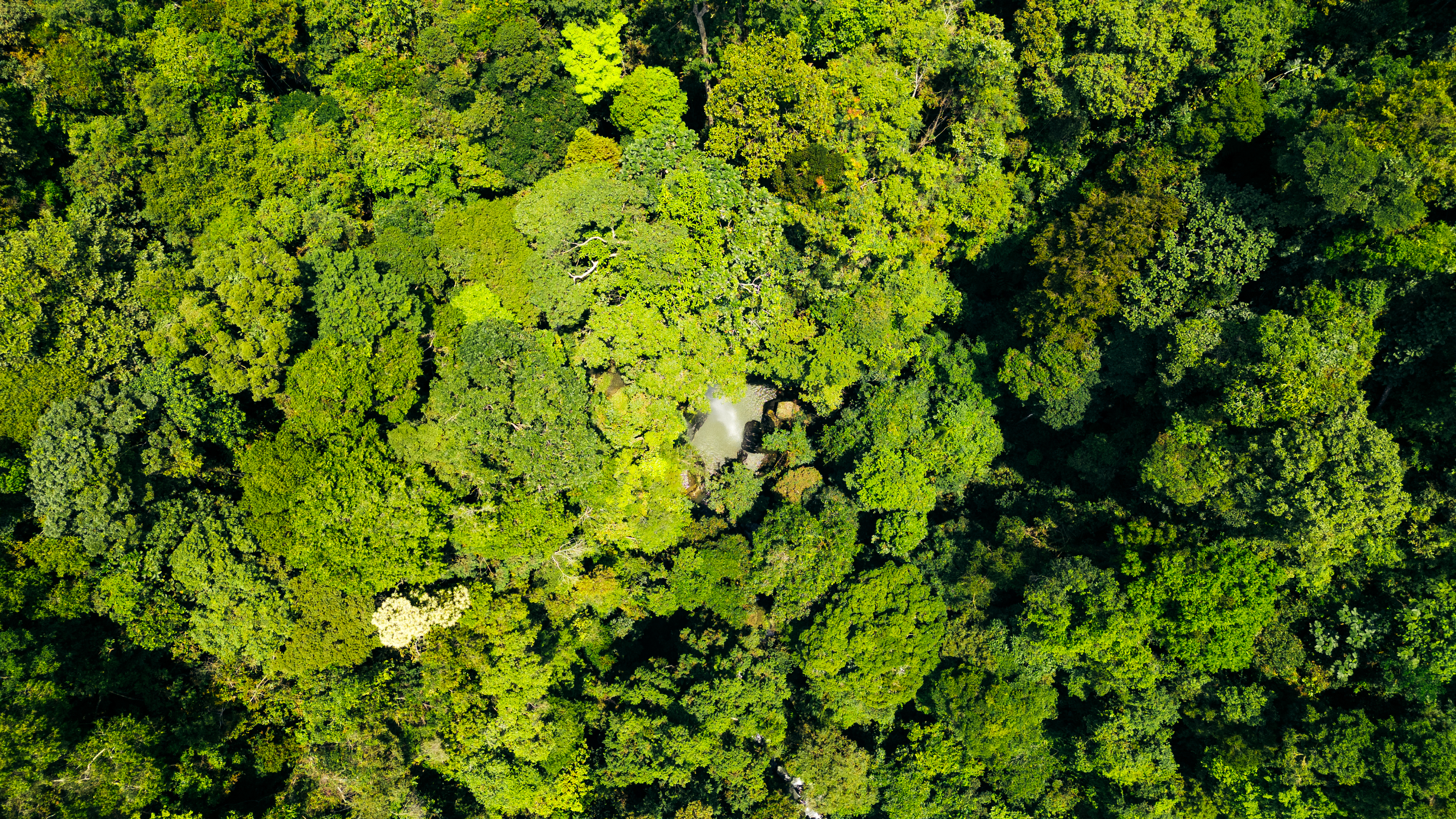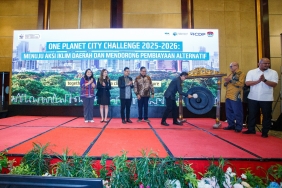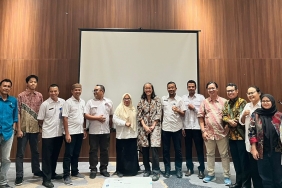BEWARE OF CLIMATE CHANGE THREATENING INDONESIA
Climate change due to global warming is now beginning to be more pronounced Symptoms of this can be seen in the changing seasons and their various impacts. The massive floods in Northwest Pakistan that killed 3,000 people, the devastating floods that hit China claimed the lives of 1,000 people, and various disasters elsewhere in the past week seem to carry the message that the impact of global warming is no longer just a theory, but has been increasingly felt and to an alarming extent.
Some time ago, the topic of global warming and climate change seemed to be limited as a conference topic and became knowledge that seemed to be discourse and limited to a limited group of expertise.
People can now generally feel it more and more. The rain that still falls during the dry season, for example, is a reality that is easily felt in the senses. The phenomenon of rain and bad weather in the dry season is not only happening in Indonesia, but also in various regions around the world.
The people who feel the weather anomaly the most are farmers. Tobacco farmers are screaming because plant seeds are damaged by the wrong season's rain. According to climatological research, the climate in Indonesia has become warmer during the 20th century. Annual rainfall has fallen by 2% to 3%. The weather anomaly brought a series of other impacts. The heat wave that hit Europe also increased deadly heat stroke.
The universe is sending a strong message about the consequences that accompany the phenomenon of global warming. The Earth and its people are facing catastrophic threats due to the effects of increased greenhouse gas emissions. So how does humanity, especially the world's leaders, take this message? The International Conference on Climate Change, or COP as it is commonly called, is an attempt to address this challenge. However, climate change is unfolding faster than these negotiations.
Reducing greenhouse gas emissions, as a way to prevent global warming, is not easy. There are many collisions, especially between industry and long-term ideal interests. The industry is of the view that the application of technology to reduce carbon gas emissions is an additional cost burden on the production process, although the burden is ultimately supported by consumers. The reality we face is that the earth and its inhabitants are racing against time to contain the rate of emissions.
Pessimism still looms over the commitment of world leaders. Last year's APEC decision to cancel its greenhouse gas emission reduction target reinforces that. A draft APEC declaration targeting halving emissions by 2050 failed to be agreed upon, so now there is a growing need for a grassroots movement on a global scale to urge leaders to make immediate commitments to tackle climate change, by first bridging the gap between rich and poor countries.





